What Every Collector Should Know When Buying Art Prints.
When it comes to deciding to buy prints, it is important for buyers to understand the differences between the various options available. There are several types of art prints to buy, including giclée prints, block prints, serigraph prints, lithographs and etchings, each with their own unique characteristics and qualities. Also, whether or not to buy prints as an open run, limited edition, artist proof, manually signed, or signed in the plate can help determine value and avoid overpayments.
One of the main differences between art prints lies in the printing process used to create them. Giclée prints are made using a high-quality inkjet printer that produces prints with vibrant colors and exceptional detail. Lithographs are created using a traditional printing press, resulting in prints with a unique texture and depth.
Another important consideration when choosing to buy art prints is the quality of the materials used. Giclée prints are typically made on archival-quality paper or canvas, ensuring that they will last for many years without fading or deteriorating. Screen prints are often printed on heavy-weight paper or fabric, giving them a sturdy and tactile feel. Lithographs are usually printed on high-quality paper or card stock, providing a durable and long-lasting print. In Lithography, the image is drawn and then transferred from a stone or metal plate to paper using special crayons or tusche. Lithographs should feel as a slightly raised surface compared to ordinary flat prints. The print below by Hei is a Giclee print that is embellished with paint over it.
The price when buying art prints can also vary depending on the specific printing process used. Giclée prints are often more expensive due to the high-quality printing process and archival materials used. Lithographs fall somewhere in between, with prices that reflect the quality of the print and materials.
Block and serigraph art prints are two popular printing techniques used by artists to create unique and striking pieces of artwork. While both methods involve printing an image onto paper or canvas, they differ significantly in their process and final appearance.
Block printing, also known as relief printing, involves carving a design into a block of material, typically wood, linoleum, or rubber. The raised surface of the block is inked and pressed onto paper to create a printed image. This technique allows for intricate designs and fine details to be reproduced with precision. Block prints often have a textured and handmade quality, adding a sense of depth and character to the artwork.
Serigraph printing, on the other hand, utilizes a stencil to create a printed image. The stencil is placed over a mesh screen, with areas that are not part of the design blocked out. Ink is then forced through the screen onto paper or canvas, creating a crisp and vibrant image. Serigraph prints are known for their bold colors and sharp lines, making them ideal for modern and graphic artwork.
Both block and serigraph prints have their own unique advantages and appeal to different artists and audiences. Block prints are favored for their traditional and craft-like quality, while serigraph prints are prized for their vibrant colors and sharp detail. Whether you prefer to buy prints with the intricate craftsmanship of block prints or the bold graphic style of serigraph prints, both techniques offer endless possibilities for creating visually stunning and expressive works of art when collecting prints.
Etching is a form of printmaking that involves using acid to create an image on a metal plate. The artist covers the plate with a waxy substance and then uses a sharp tool to scratch away the wax, exposing the metal underneath. The plate is then submerged in acid, which bites into the exposed metal, creating grooves that hold ink. Once the plate is inked, a damp piece of paper is placed on top and run through a press, transferring the image onto paper. The result is a detailed, intricate print with a unique quality that can only be achieved through the etching process.
One of the key advantages to buy etching prints as a medium is its ability to produce finely detailed and precise images. Artists can achieve a wide range of textures and tones, from delicate lines to rich, velvety blacks. Etching also allows for a high level of control and precision, making it a popular choice for artists who value meticulous craftsmanship attention. Etchings utilize depressions in a metal plate where ink is trapped. Additionally, the process of creating an etching print can be a meditative and rewarding experience, as each mark made on the plate contributes to the final image in a deliberate and intentional way. Overall, etching is a versatile and expressive medium that offers artists a unique way to create stunning, one-of-a-kind prints. An etching will be void of dots when observing using a magnifying glass which are normally present in ordinary printing press prints. Etchings can also be wet or dry.
Print scarcity is a major factor in determining value when you buy prints. Prints can be available as an open run, or a limited edition run. Open means an unlimited number of copies can be printed, lowering their value substantially. A limited edition, however, has a fixed amount of quantity of that particular image produced, so can increase its value. Signed prints increase value even further, depending on the signature's authenticity and whether or not the signature was actually manually hand signed (by the artist which usually leads to an increased value) or signed in the plate (a print of the artists signature from a previous signing session which usually lessens value). Some prints may be signed as A.P which stands for an artist's proof. Artist proofs may be rarer than either of the two types listed above, however, some artists make multiple quantities of proofs as well, so there may commonly be more copies of the one you possess in existence. The print below, hand signed by Cedric Cox is a scarce limited edition of only two.
In conclusion, understanding the differences when you buy art prints, and the types of signatures can help buyers make more informed decisions when purchasing artwork. Whether choosing a giclée print for its vibrant colors and detail, a lithograph for its traditional printing process and durability, block prints for intricate designs and fine detail, a serigraph for vibrant colors and sharp detail or an etching, buyers can find a print that meets their unique preferences and budget. By considering factors such as printing process, materials, and pricing, buyers can choose an art print that will bring beauty and inspiration to their home, office or gallery for years to come. Please visit CycloneSale.com to view our various prints and paintings on sale.



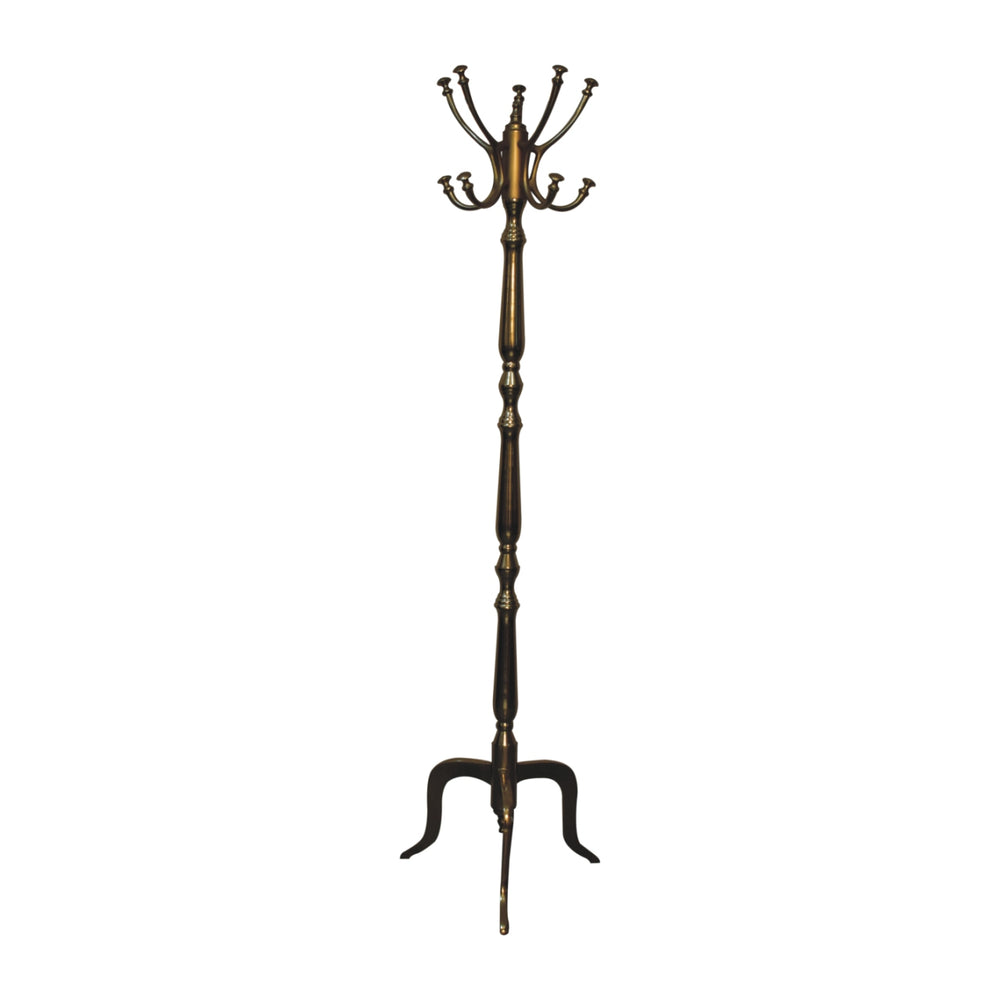

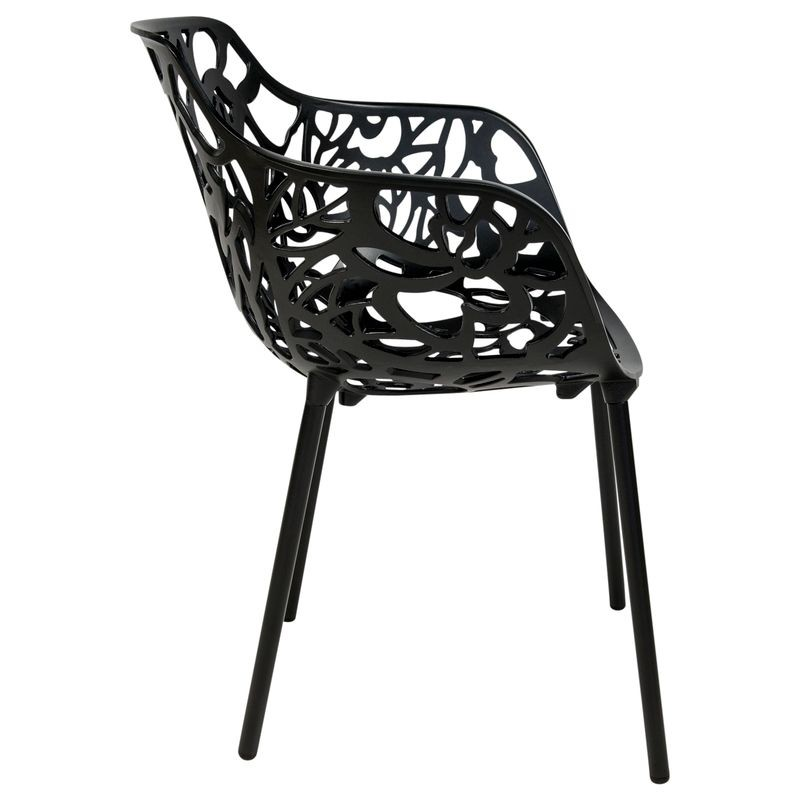
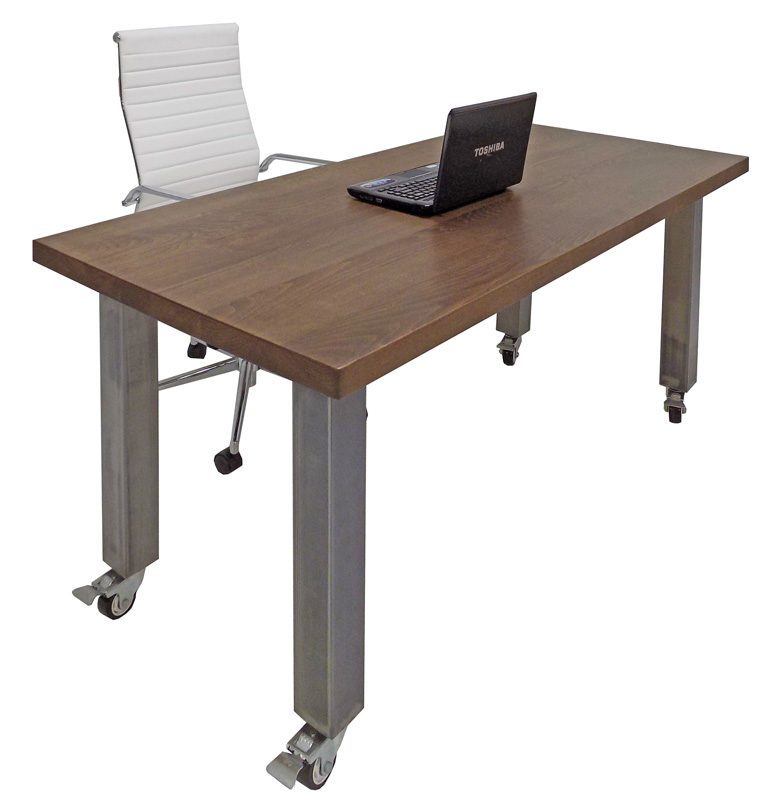

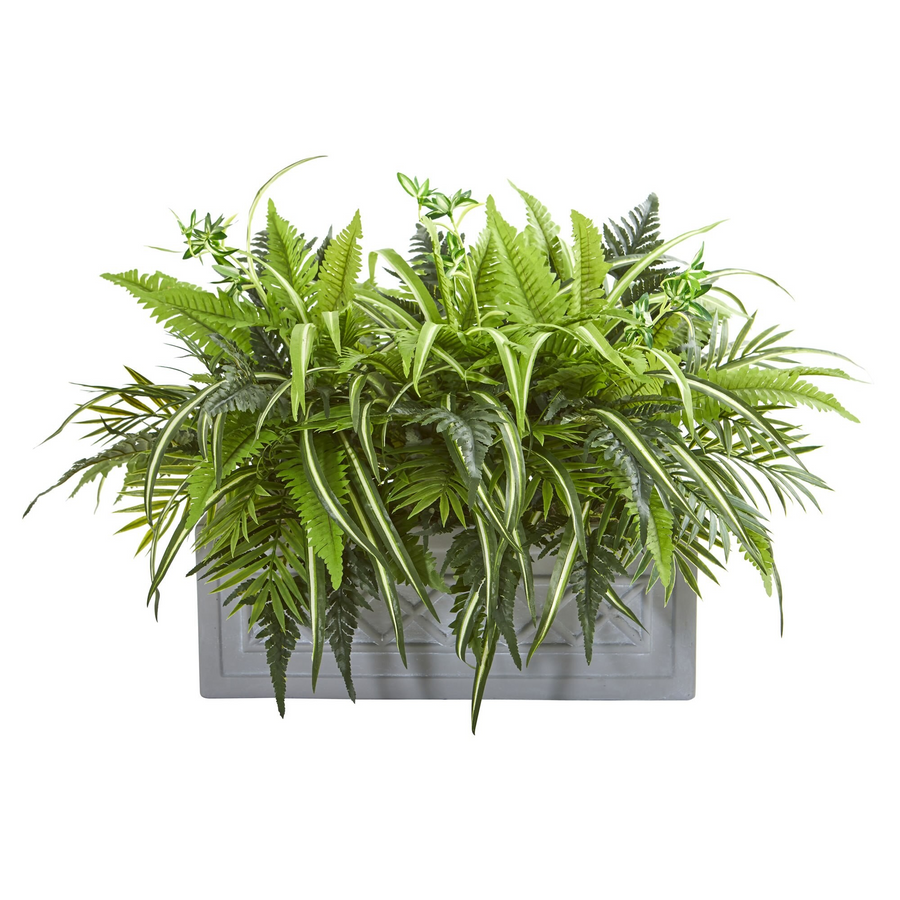
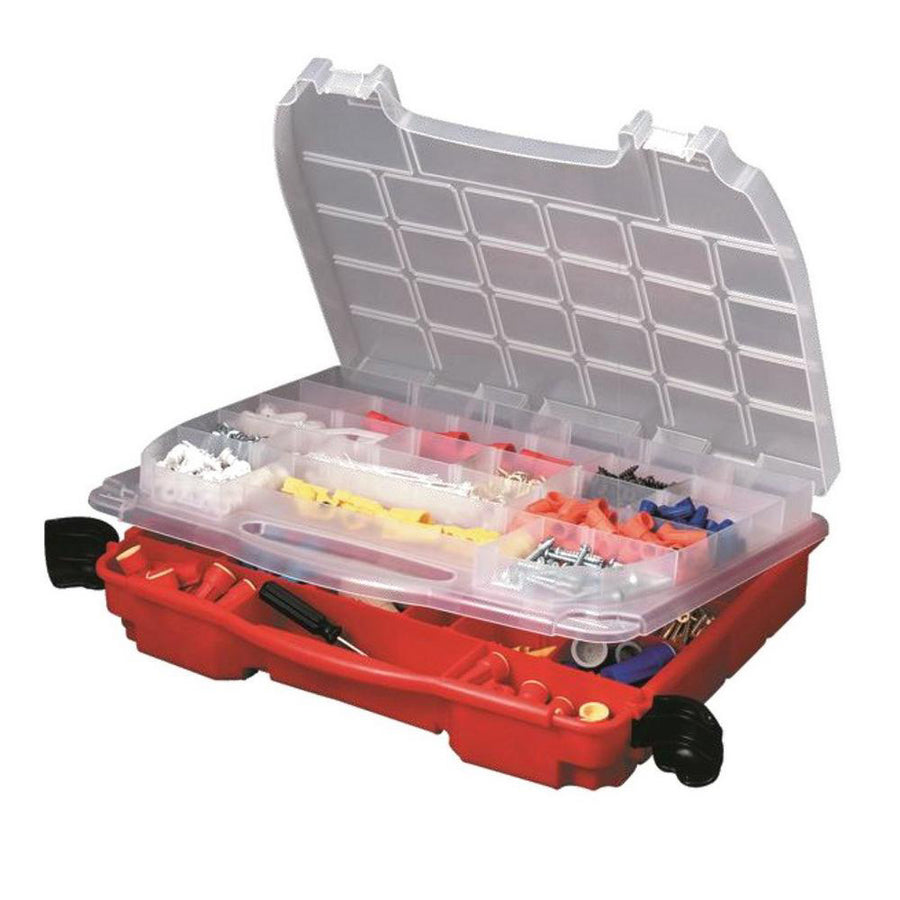
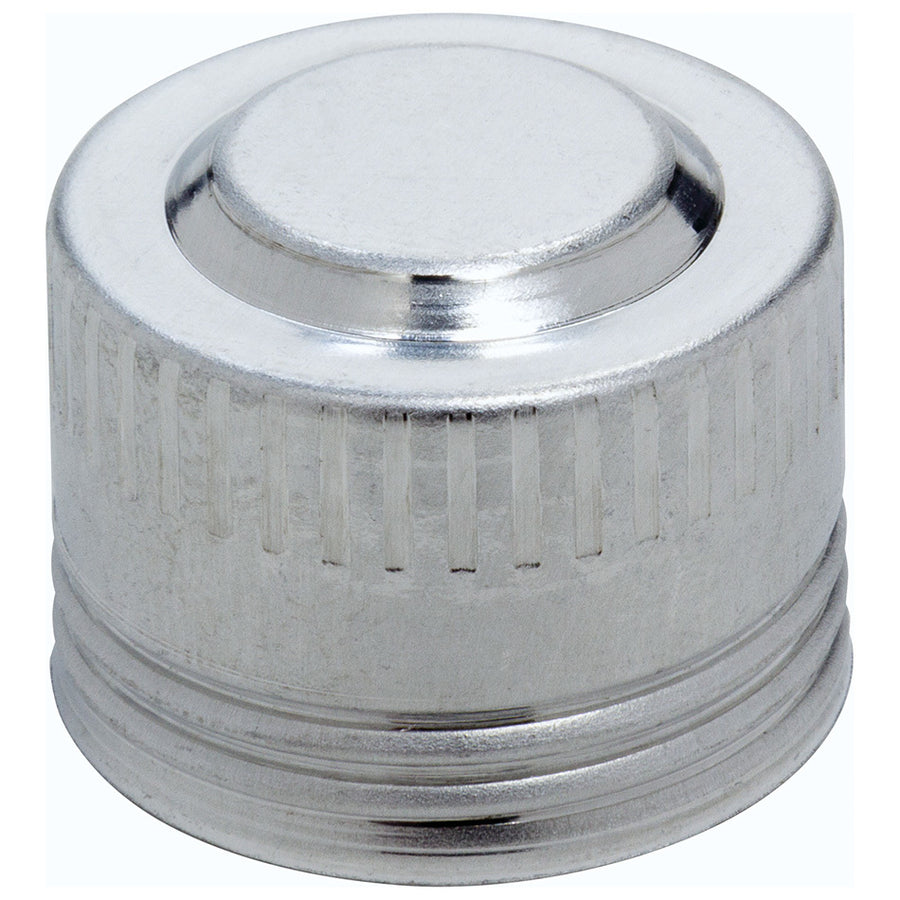


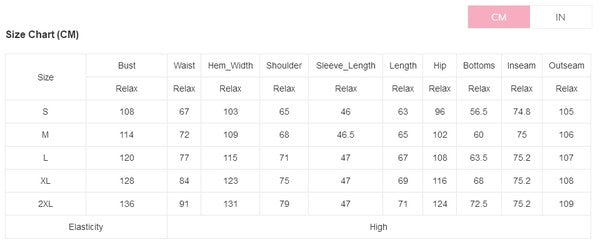






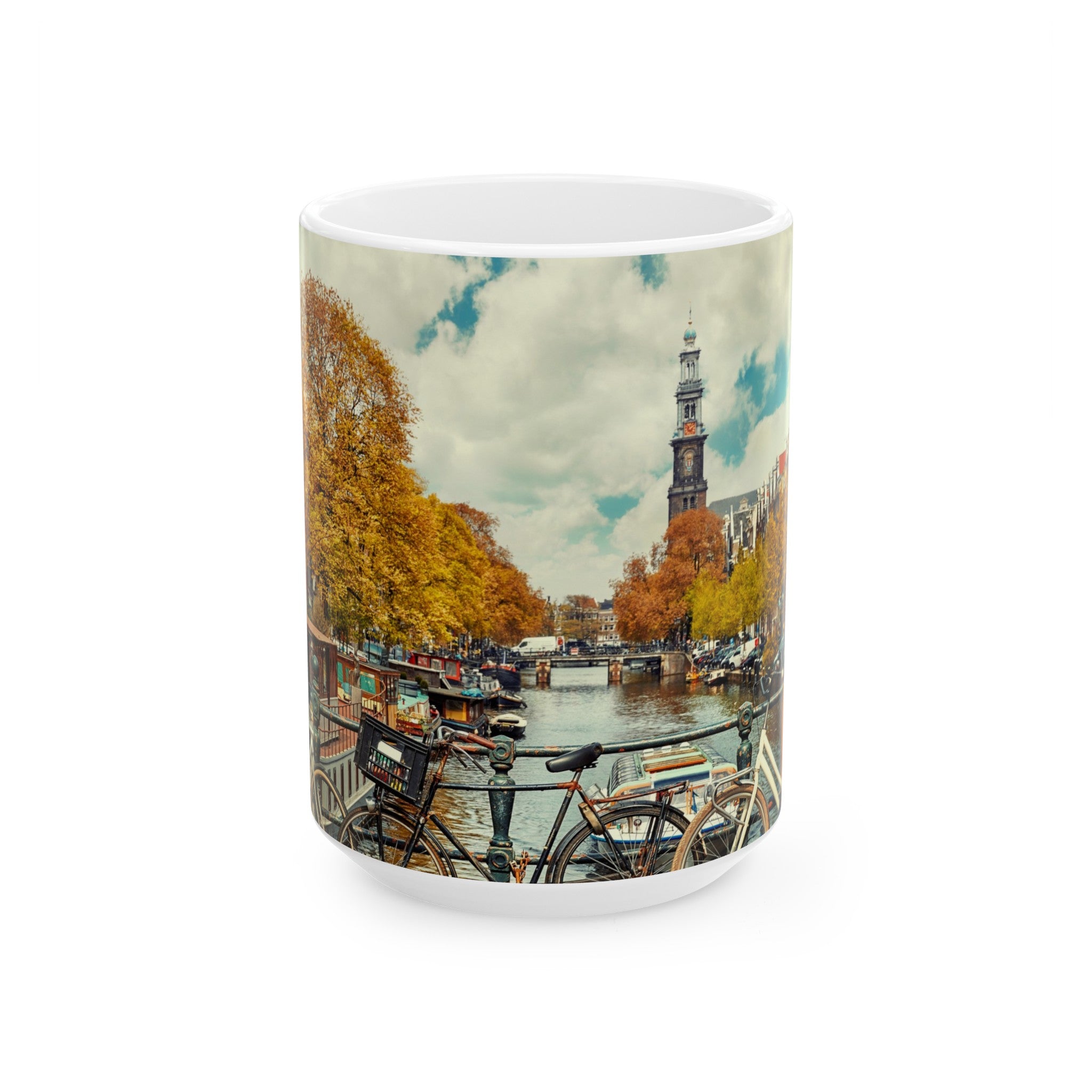



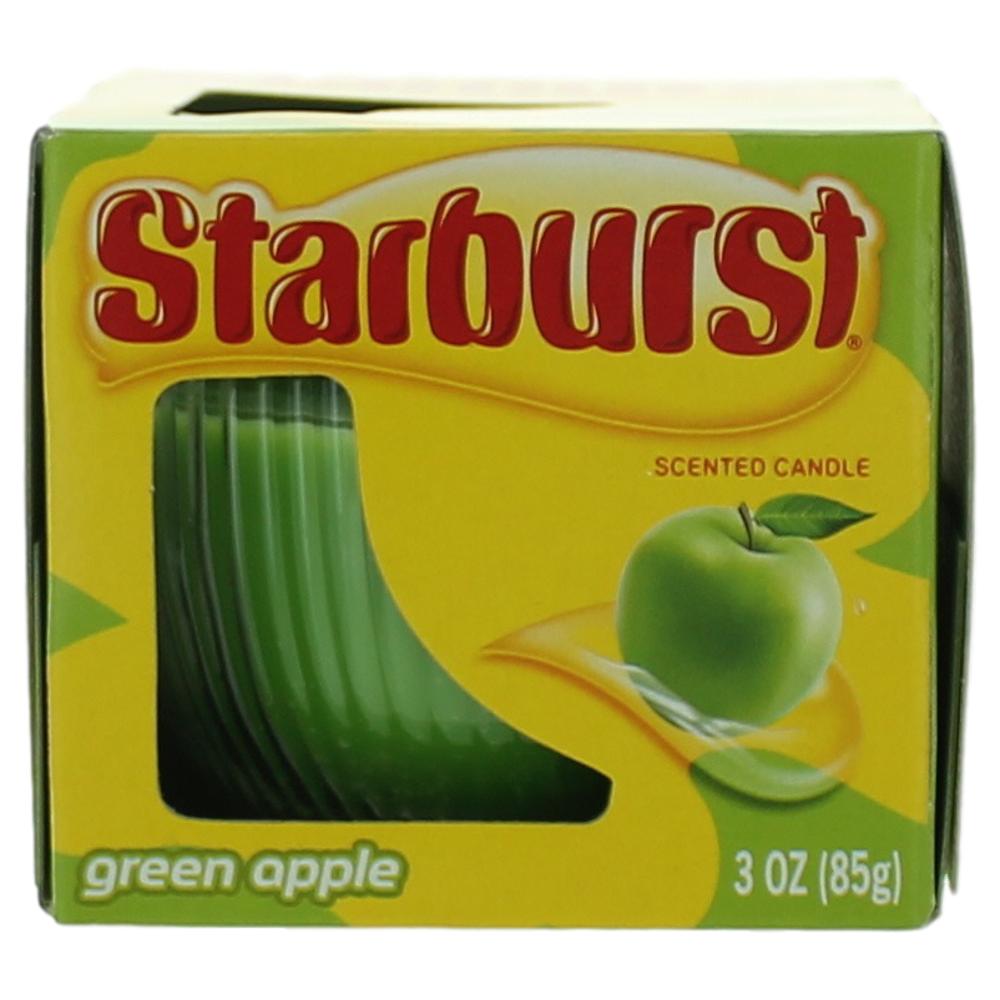

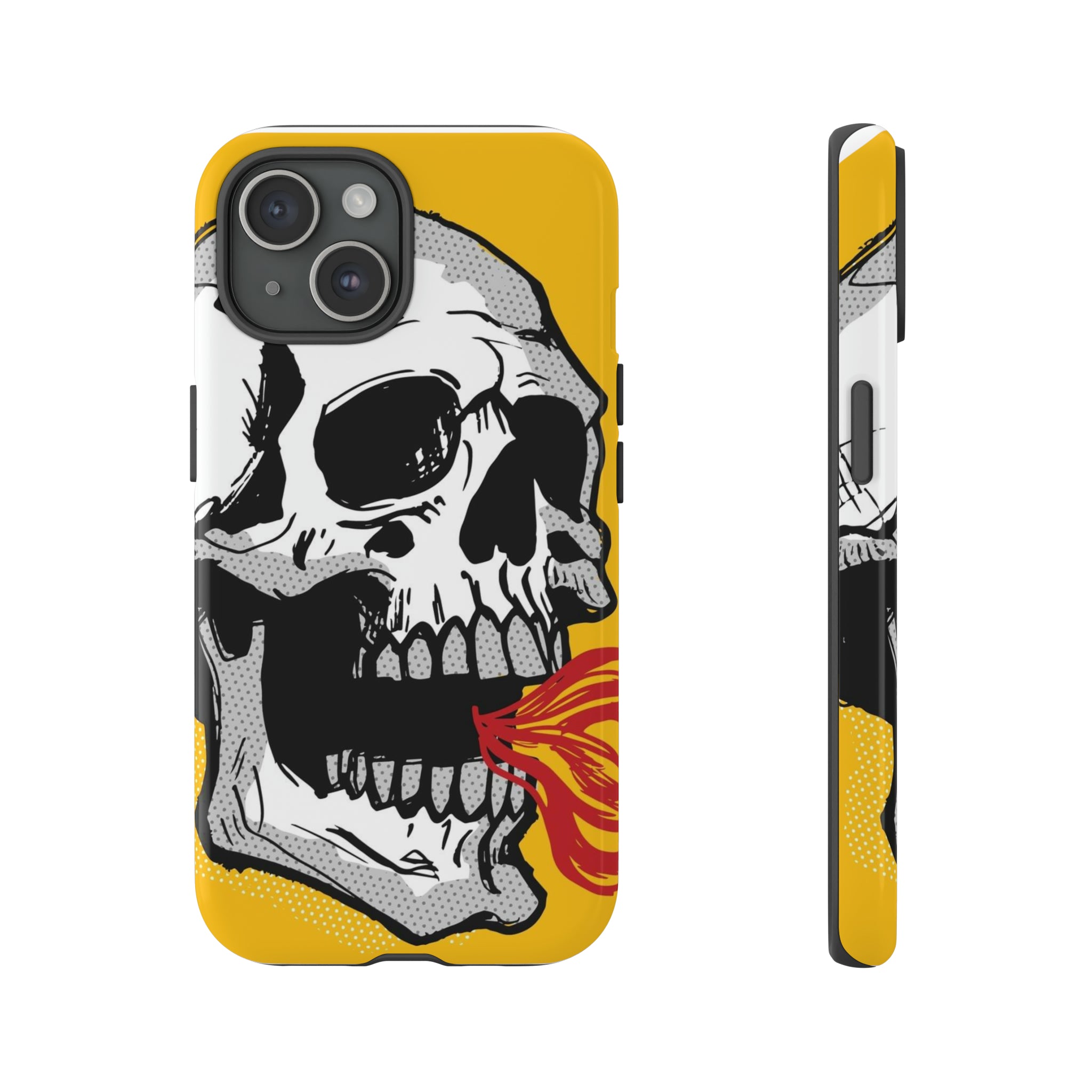
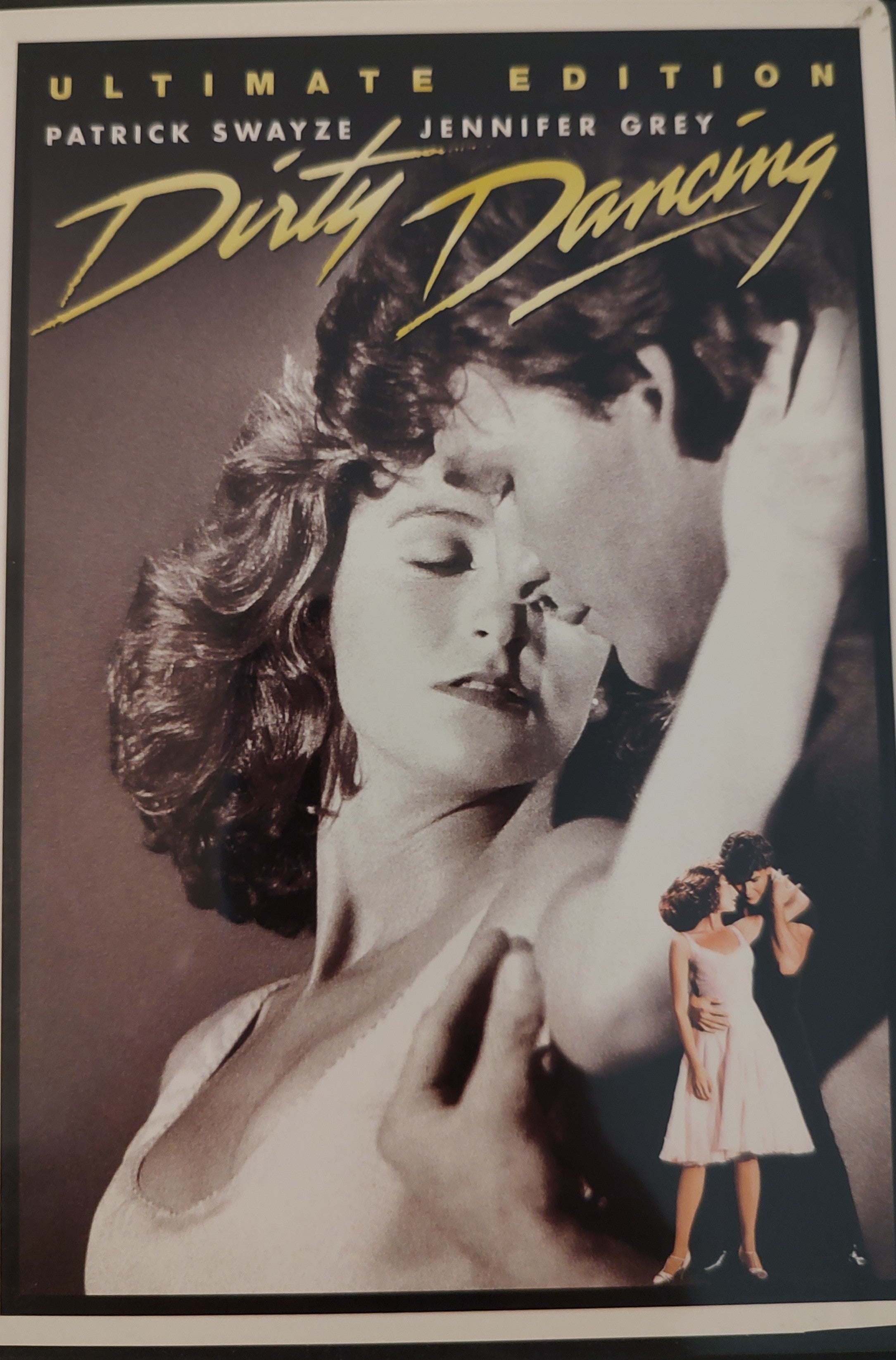
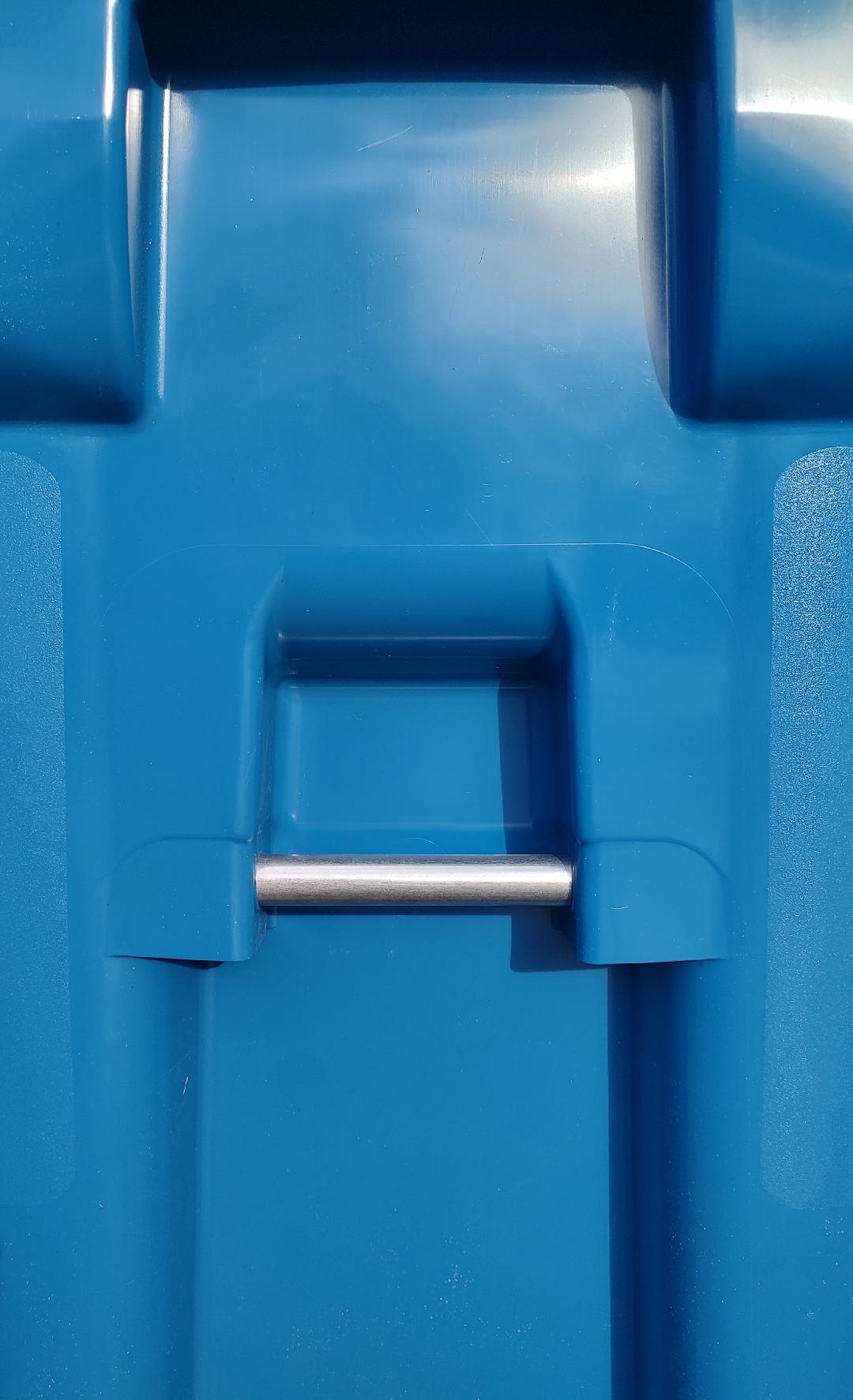


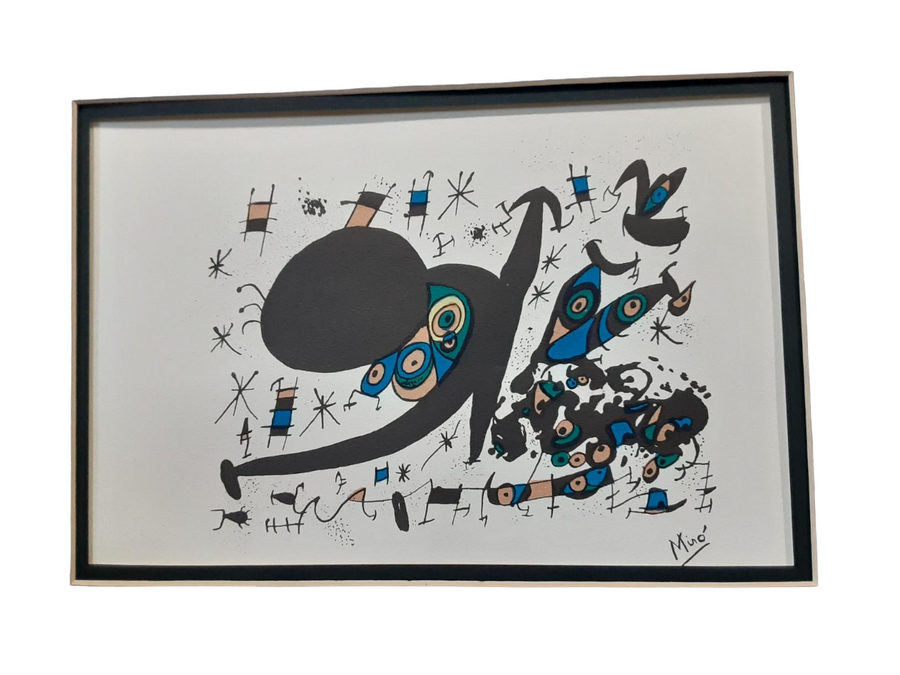
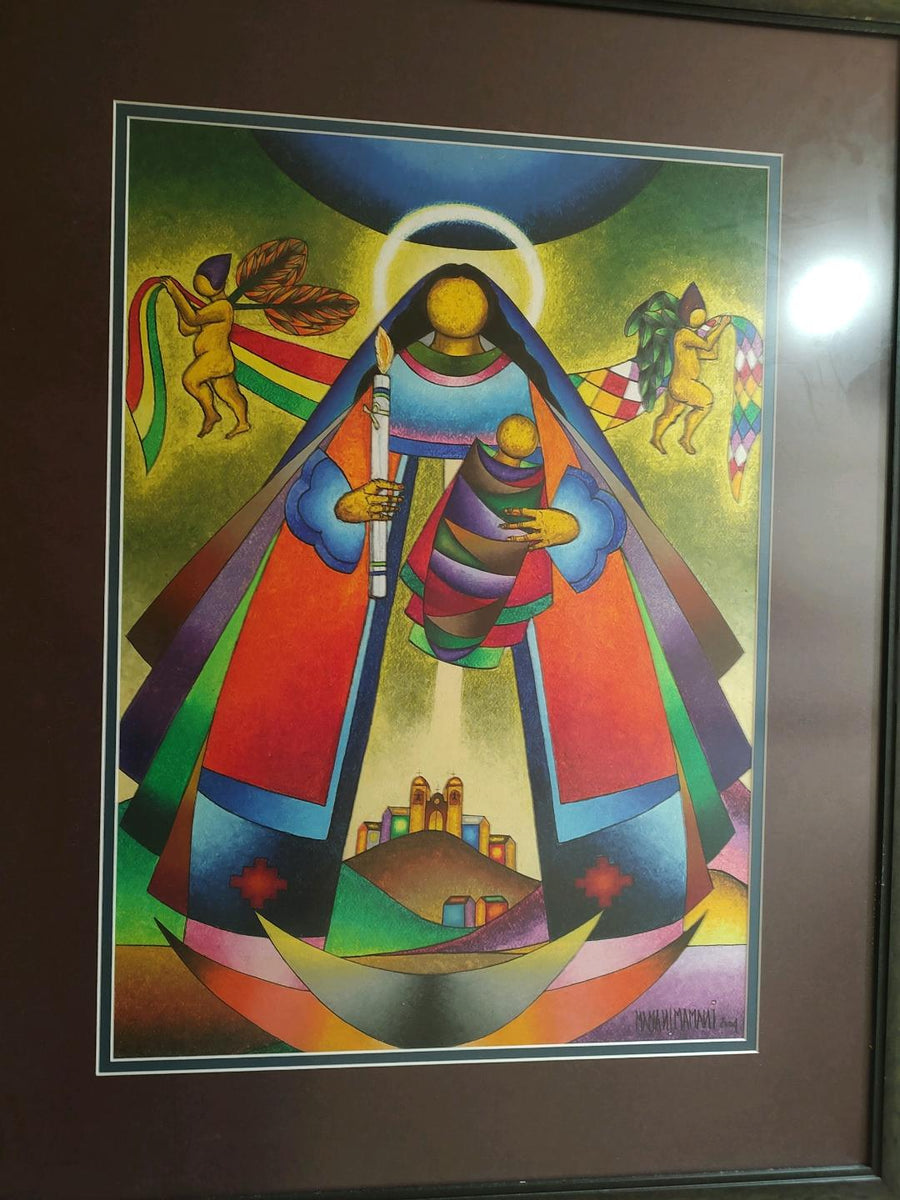



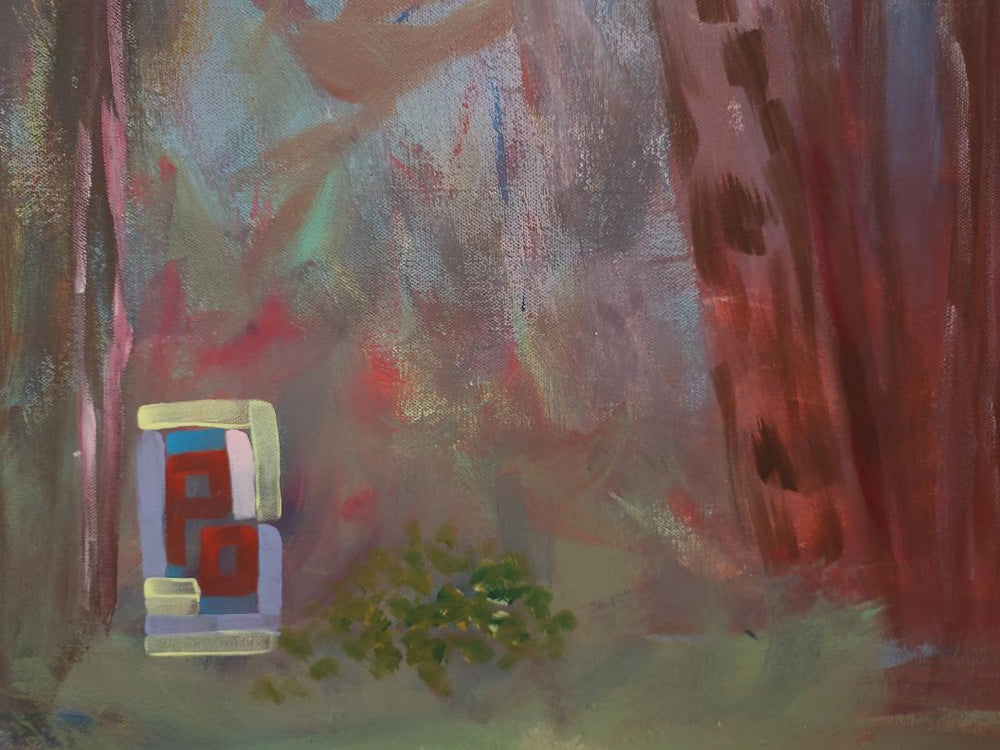
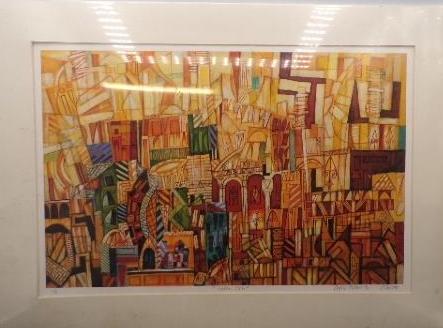


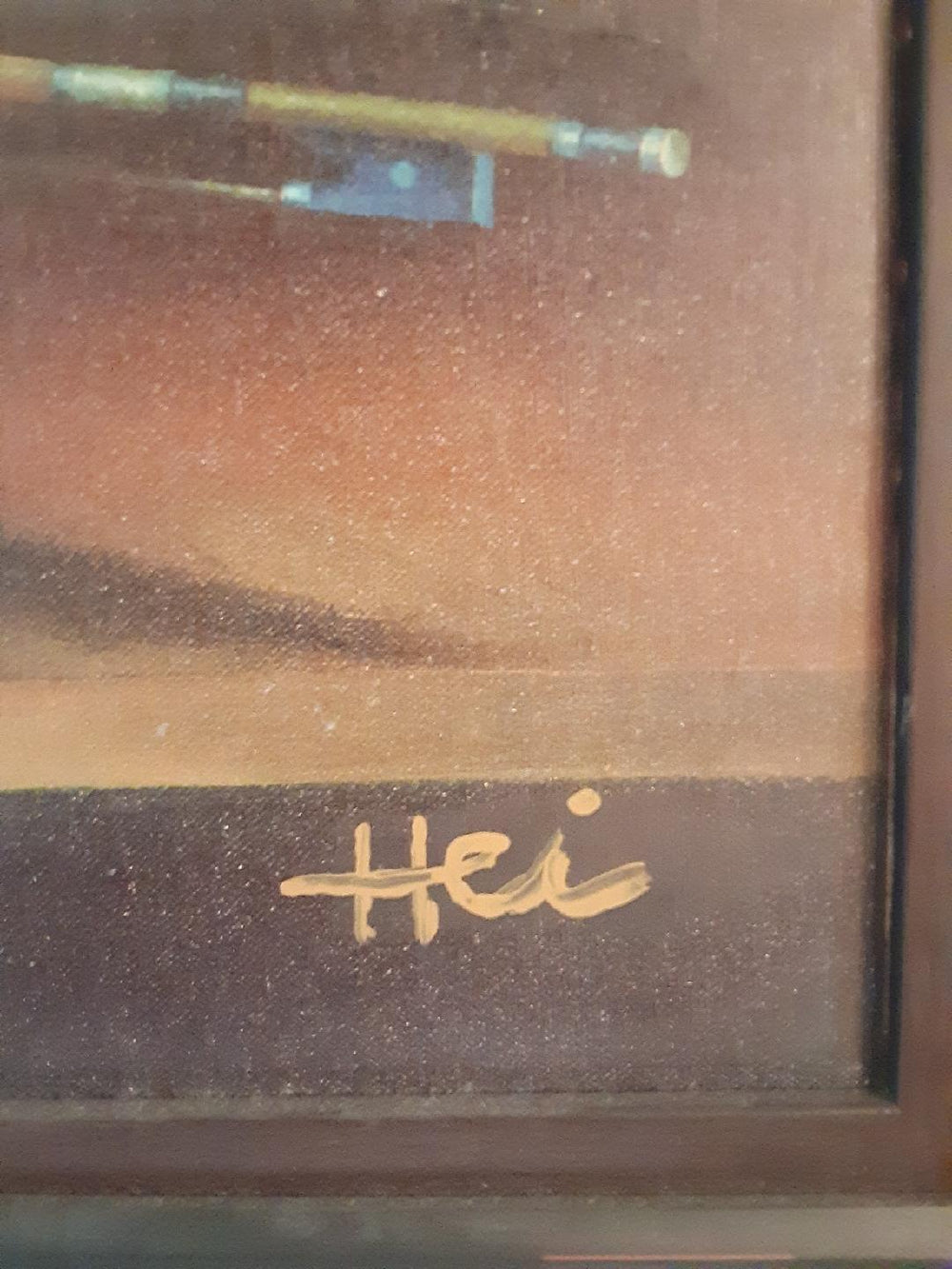
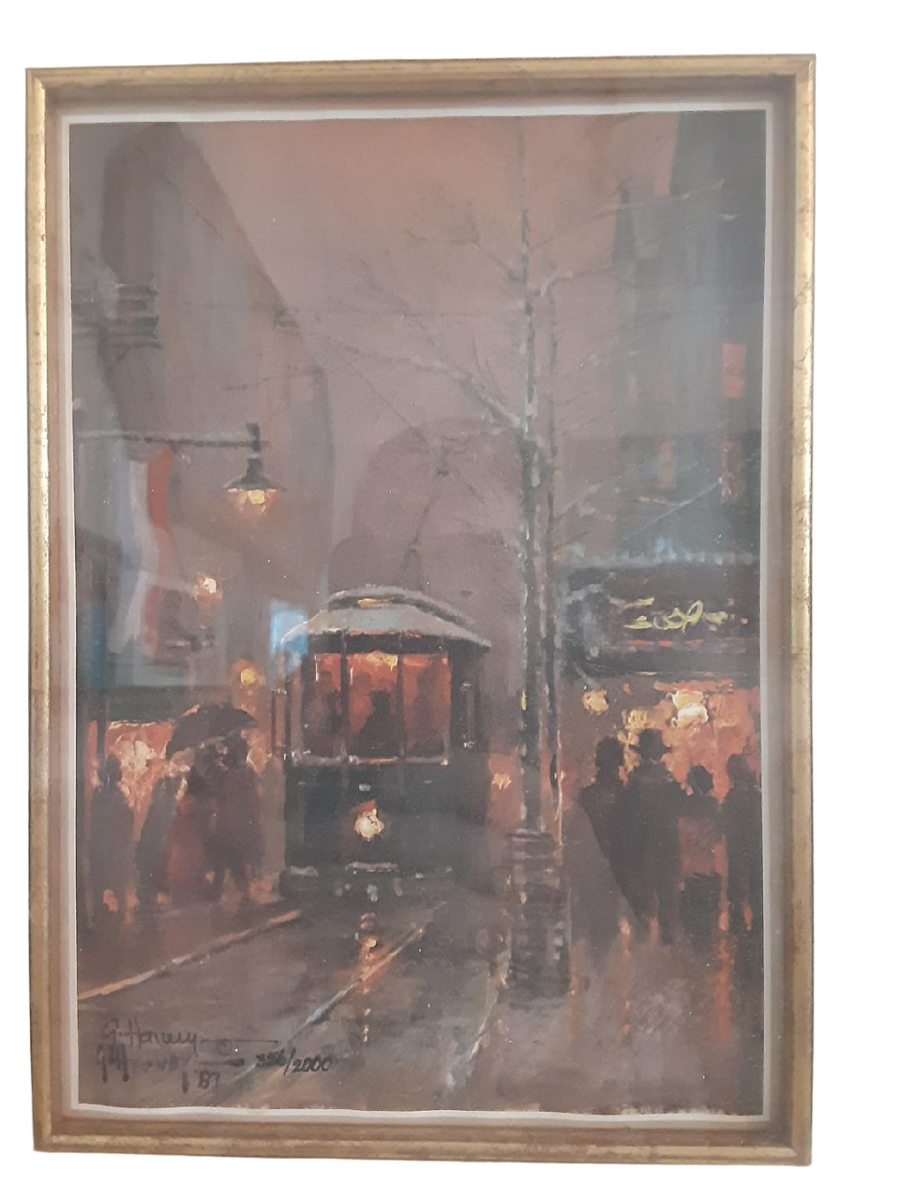
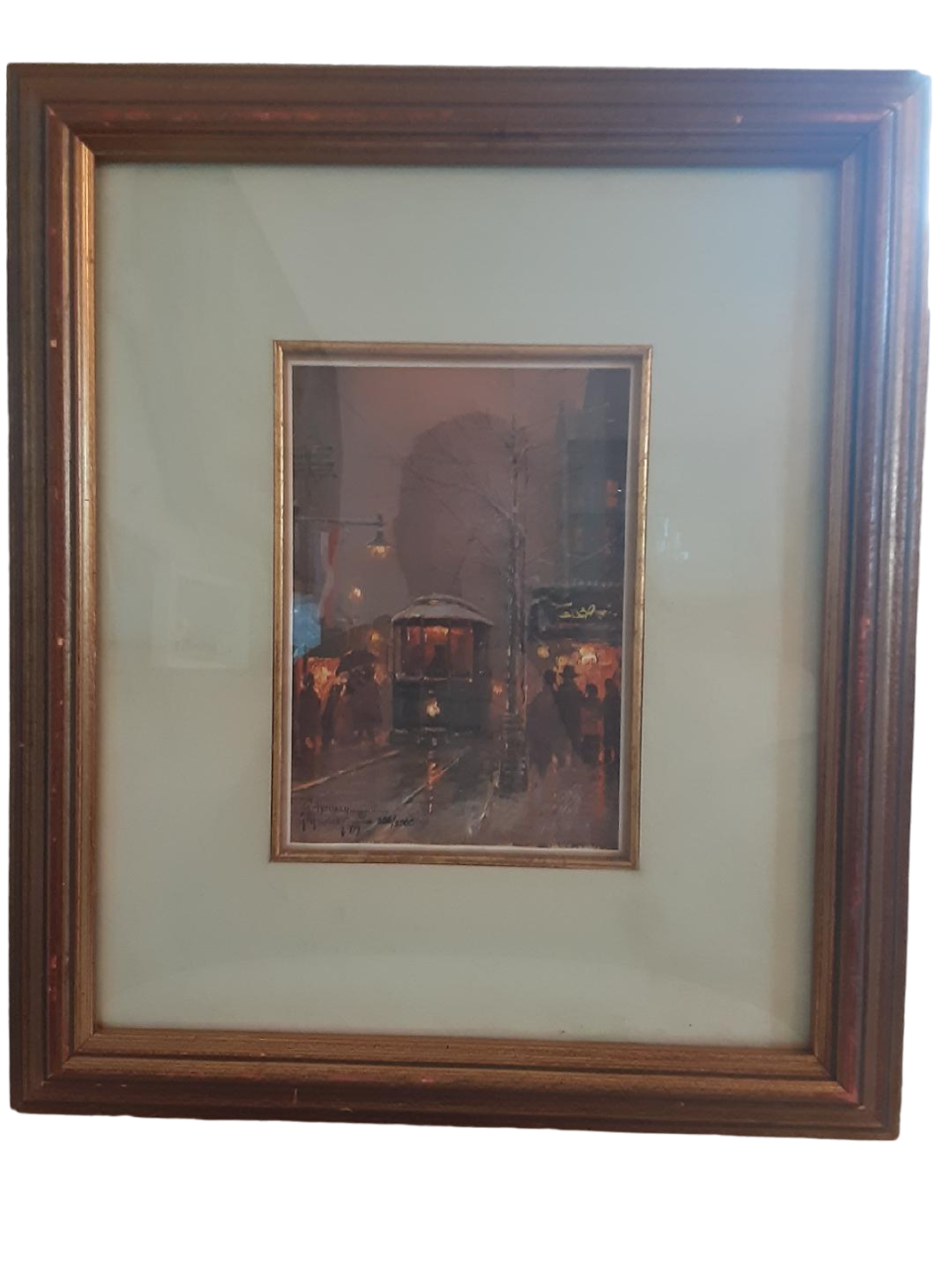
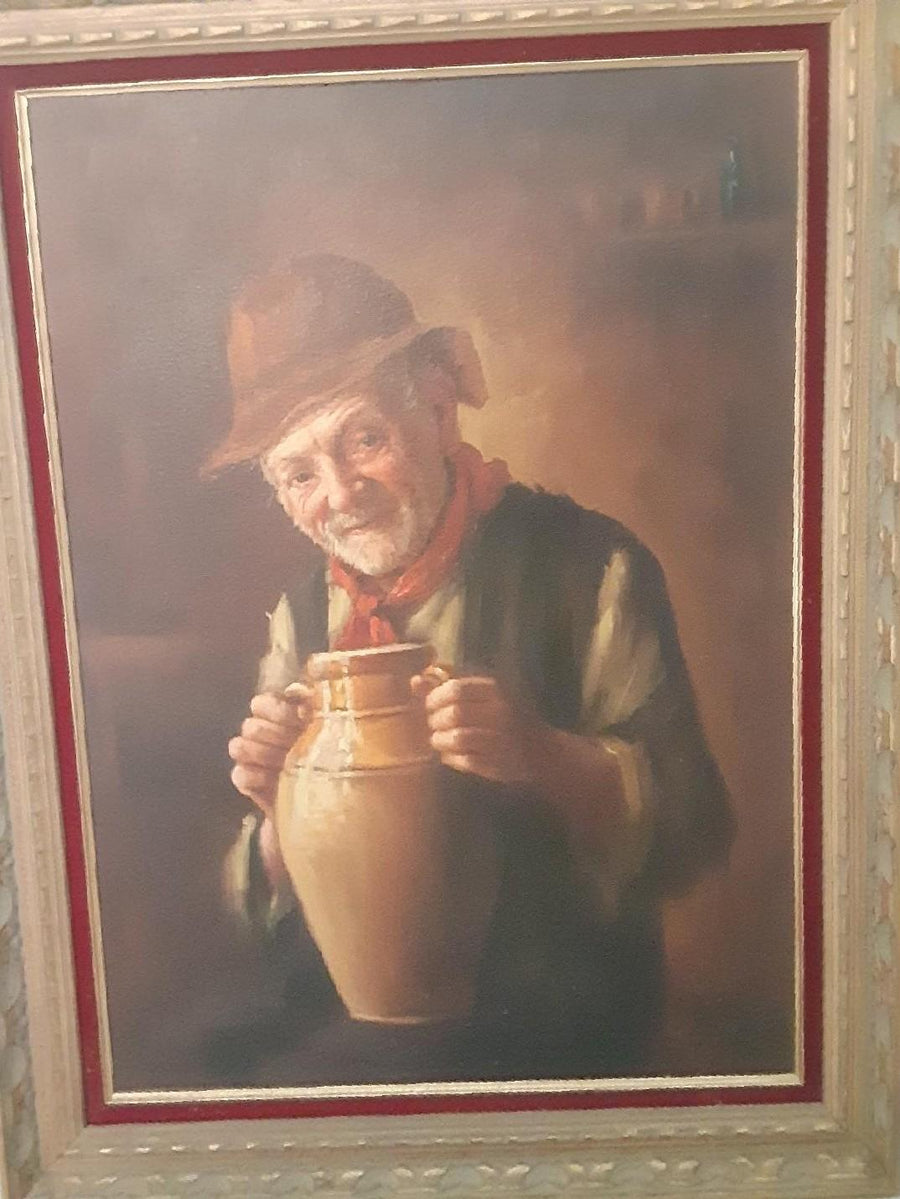

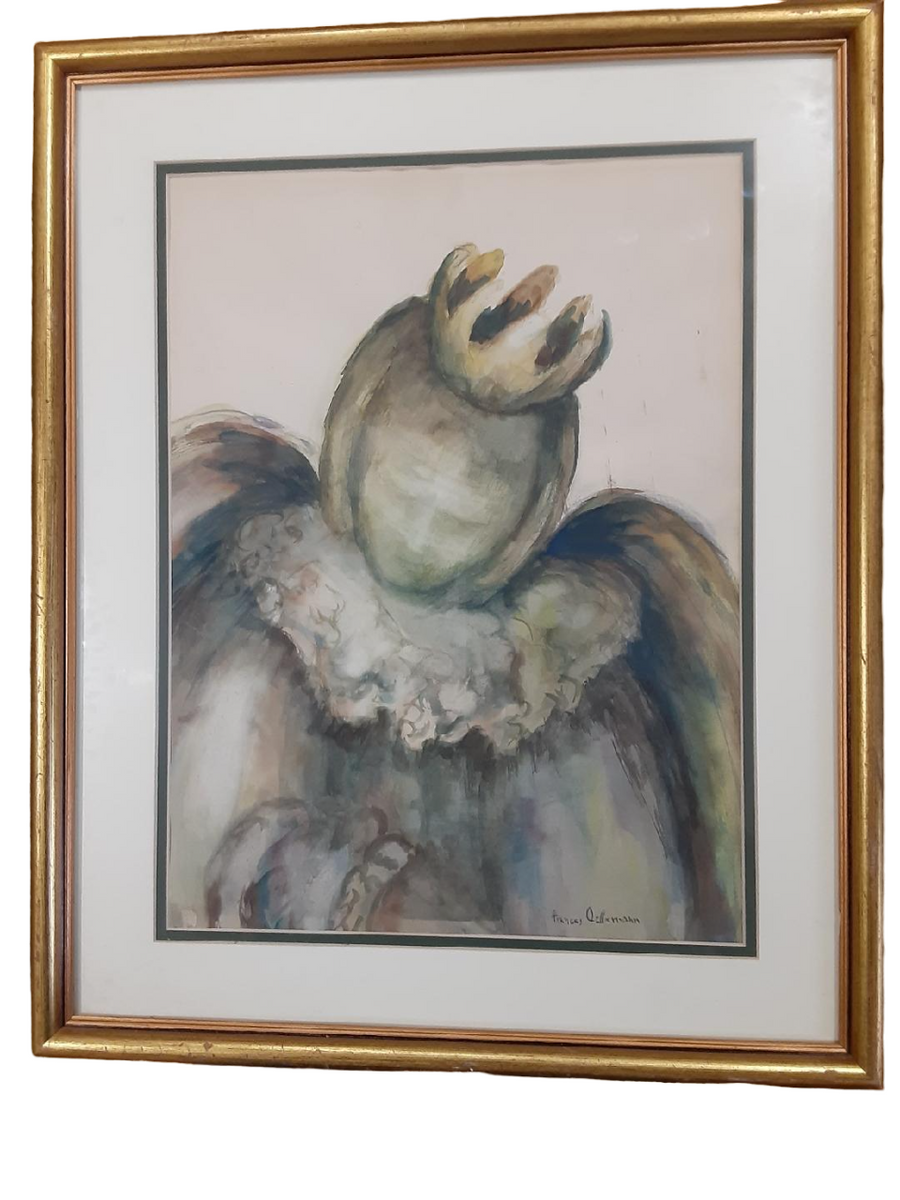
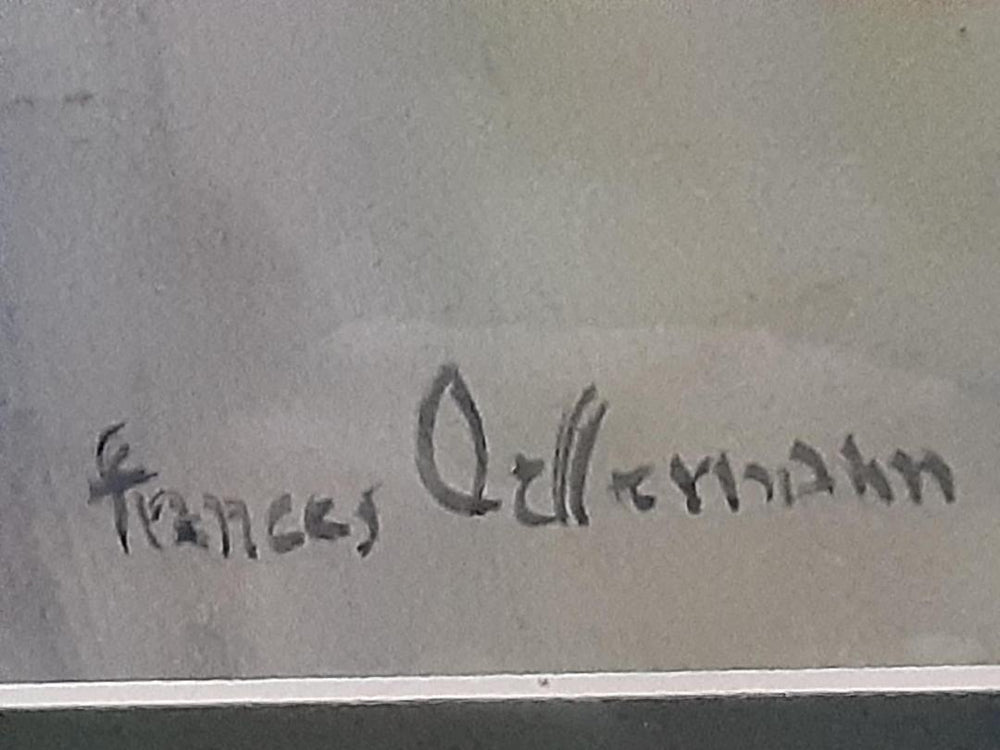


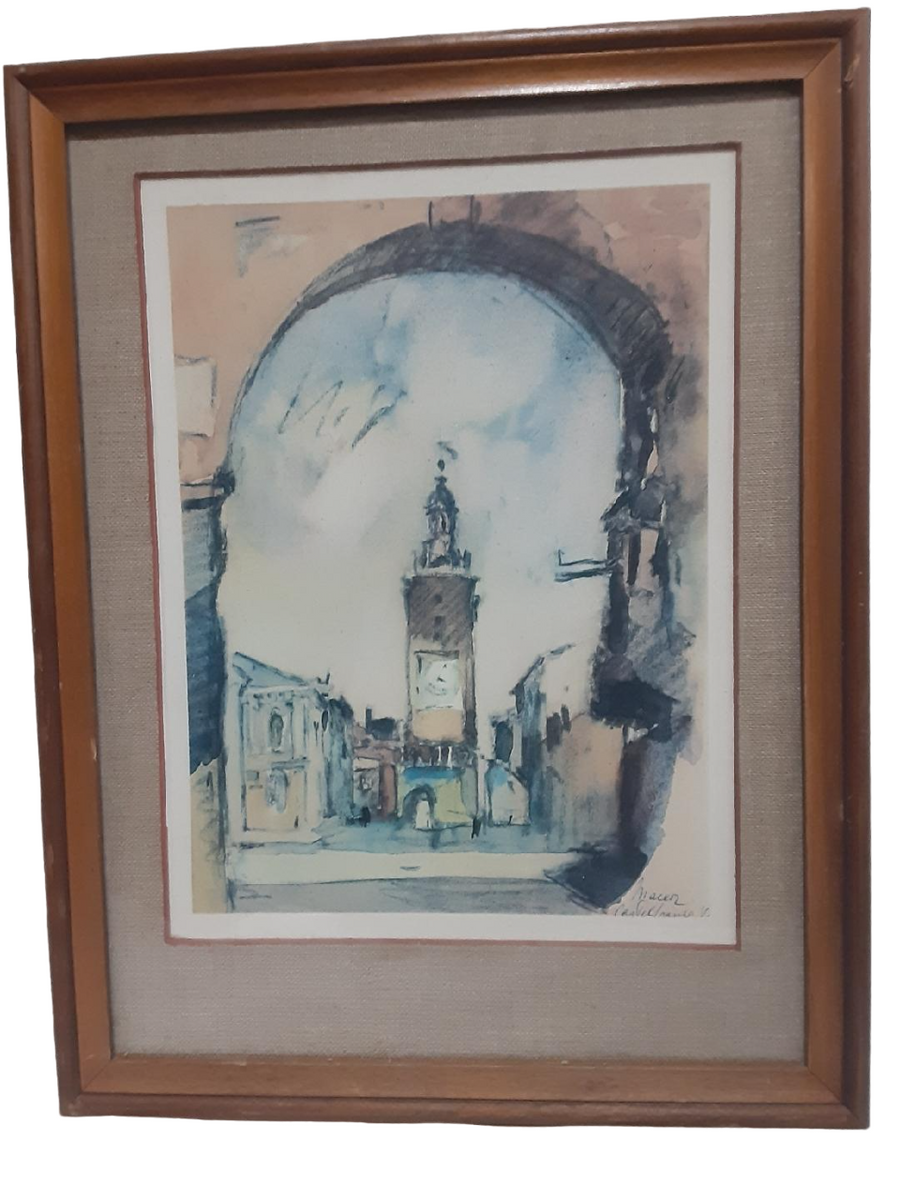

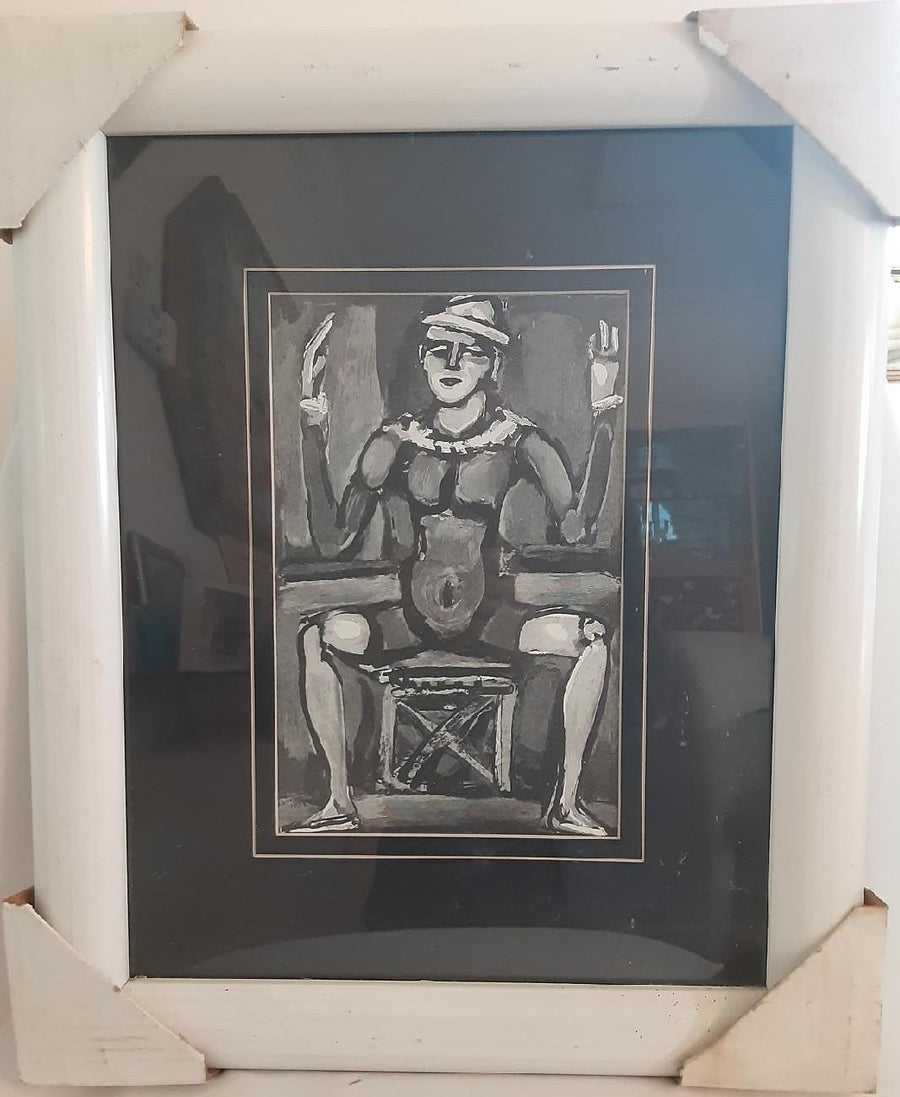
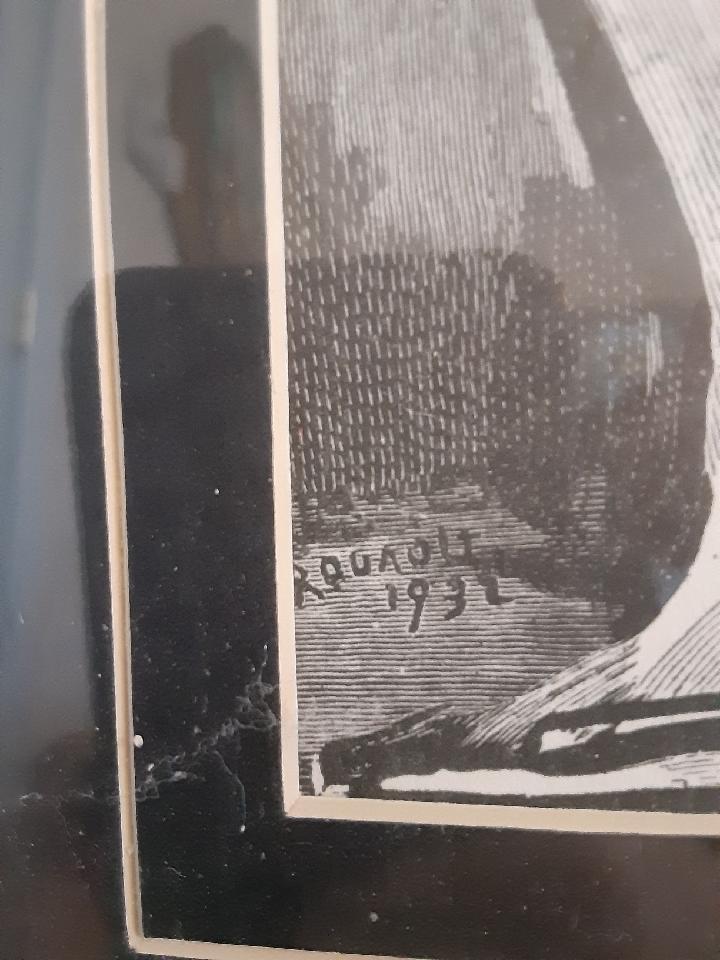
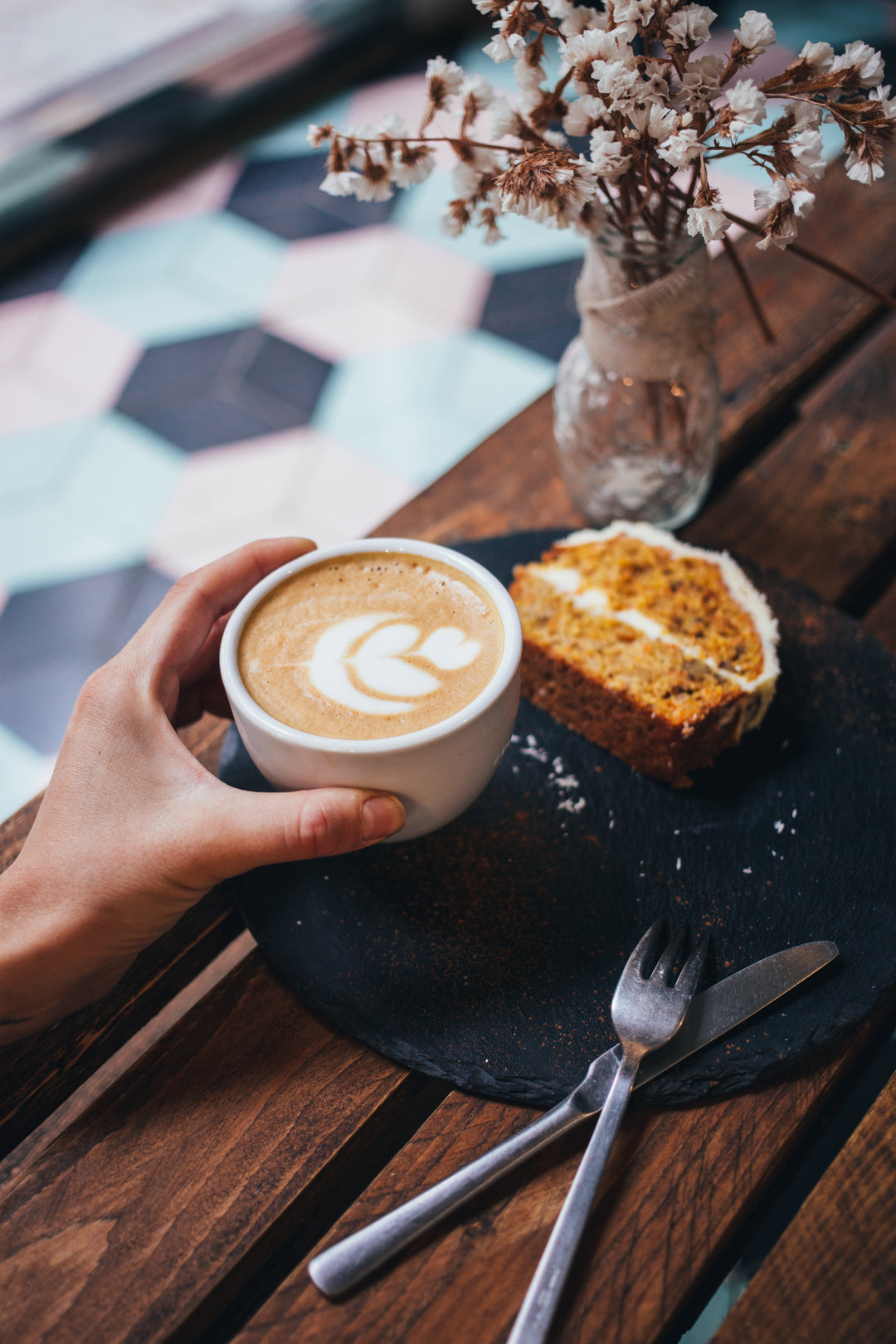


Leave a comment